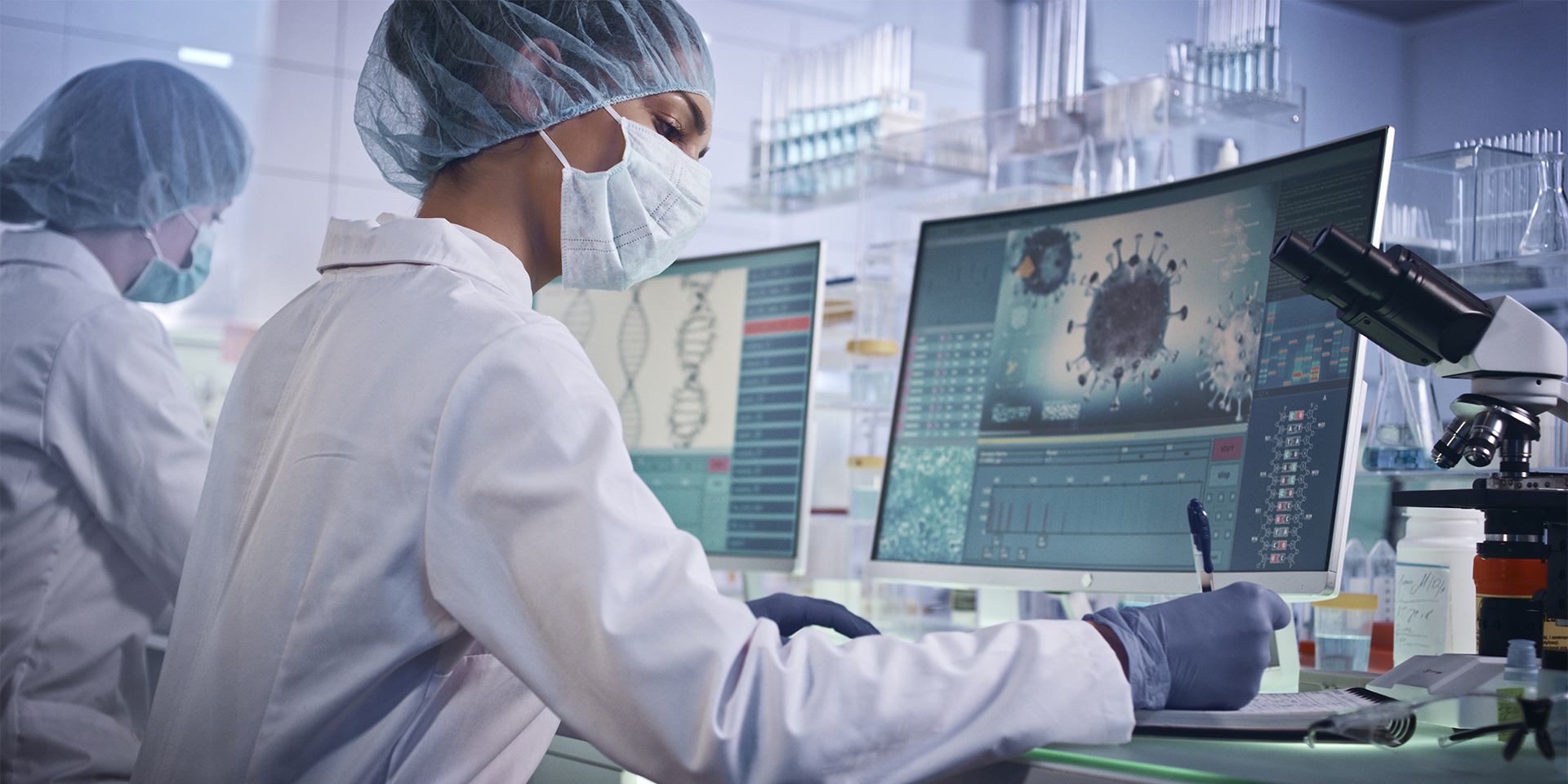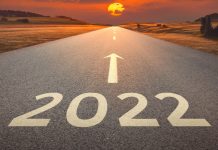How was it possible to produce a vaccine against COVID-19 in less than a year, and what guarantees are there that there were no compromises in the process? What can we say about the COVID-19 vaccine’s safety?
The short answer to the implicit question: “Are vaccines experimental?” is, “No, they are not experimental. To be more precise, they are certainly not.” The COVID-19 vaccines have received all the necessary approvals from the regulatory agencies in the United States and the European Union (I’m only mentioning these two because they have the strictest evaluation criteria). Without exception, these vaccines have completed all stages of testing (phases 0, 1, 2 and 3 trials).
In addition, to this date, the COVID-19 vaccines have been administered to approximately 50% of the world’s population. What does this percentage mean? Let’s take into account the fact that most of the worldwide compulsory vaccines are given only to newborns and infants (therefore, in the first year of life).
Considering that approximately 250 babies are born per minute worldwide, this means that the total population of newborns and infants on the planet is around 130 million. Since not all children end up being vaccinated, the number of vaccine doses given for a particular disease (an individual pathogen) over a period of 20 years is about 2.5 billion.
In other words, the number of COVID-19 vaccine doses administered so far is equivalent to the number of vaccine doses against other pathogens, for which vaccination is mandatory, administered in the span of 20 years. We can conclude without a doubt, with this very large number of doses already administered, that the COVID-19 vaccines have been sufficiently tested.
COVID-19 vaccine safety: How the production deadline was shortened
The question remains: How is it possible that the COVID-19 vaccine was produced in such a short time, compared to the last universal vaccine (the one against mumps) that has been produced in the world, which took ten years to prepare? Surprisingly, the answer to this question is very simple.
Some examples may be useful analogies. How long does it take to cross the Atlantic Ocean? The answer is: it depends. Christopher Columbus left Spain in August 1492 and discovered America on October 12th—more than two months later. My great-grandfather went to America at the beginning of the last century by boat and travelled for three weeks. Indiana Jones crossed the ocean and had layovers, so it always took him two days.
Nowadays, with favourable winds, crossing the Atlantic takes about six and a half hours. When they flew, Concorde planes could cross the Atlantic in just two hours. If this example does not seem the most relevant to you, let’s analyze data from the medical world directly related to the production of the anti-COVID-19 vaccine.
The first complete sequencing of the human genome took ten years, involved about 200 laboratories and cost tens of billions of dollars. Today, the human genome can be completely sequenced in a few hours, and the price of this process decreases each year.
It took about a year and a half after the discovery of HIV for the entire genome of the virus to be sequenced. The first million complete HIV genomes were sequenced in the 37 years that followed (in fact, the millionth genome is expected to be completed in 2021).[1] Conversely, the SARS-CoV-2 genome was first published on January 12th, 2020, and the first million fully sequenced virus copies were already reached in 2020. To date, almost 5 million coronavirus copies have been sequenced. (For more details, see GISAID at gisaid.org).
These data show that technological progress, at least in the last 50 years, has seen exponential advances. In the past, in order to produce a vaccine, it was necessary to isolate the virus and multiply it in sufficient quantities to be able to purify it and prepare it for vaccination, or we had to make numerous passages in cultured cells or inoculate laboratory animals to attenuate the virus and make it useful for the vaccine. Currently, these time-consuming steps are no longer necessary.
In just 24 hours we can synthesize messenger RNA in large enough quantities to vaccinate half a continent.
Actually, the structure of the COVID-19 vaccines that were first available was established before mid-January 2020 (to be more precise, within three days of the full sequencing of the virus publication, on January 12), and the first animal results were obtained by mid-February.
Then, instead of testing the vaccine in successive stages, as was traditionally done, an idea that had already been discussed at conferences following the 2009 influenza pandemic, namely parallel testing, was applied. For those working in the field, it was no surprise that the vaccine materialised quickly.
All prior modelling by pandemic preparedness experts suggested that, for an emerging disease, a new vaccine could become available approximately 18 months after onset. This timeframe was further shortened due to the exemplary mobilization of the organizers of clinical trials, who immediately enrolled patients. Moreover, due to the highly effective nature of the vaccines that were designed, which have minimal additives and are non-toxic to the body, their efficacy was easily established.
Due to the technologies used, long-term effects can also be considered unlikely. This type of vaccine has been tested over the last ten years for various diseases, and long-term effects have yet to be observed.
Associate Professor Cristian Apetrei, MD, PhD, works in the Department of Infectious Diseases and the Department of Microbiology and Molecular Genetics, at the School of Medicine and Graduate School of Public Health, University of Pittsburgh, Pennsylvania, USA.



















